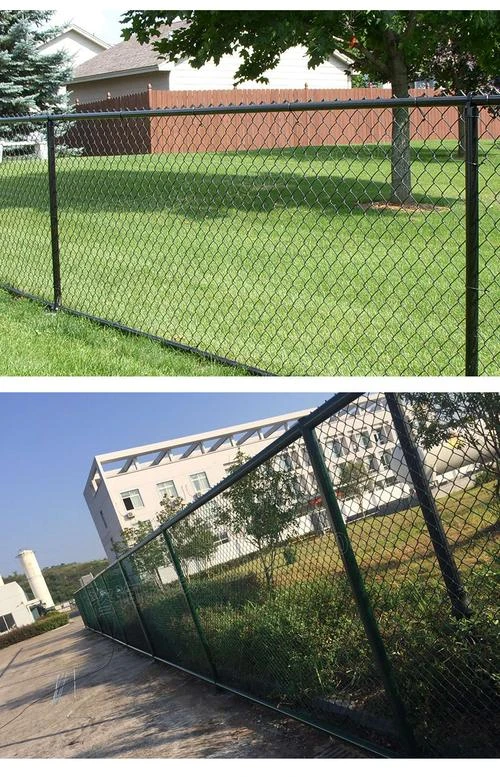 TEL:
+86-13102802206
TEL:
+86-13102802206
 Email:
fencenetting@china.com
Email:
fencenetting@china.com
 Language
Language
 TEL:
+86-13102802206
TEL:
+86-13102802206
 Email:
fencenetting@china.com
Email:
fencenetting@china.com
 Language
Language


The Rise of Temp Panels A Sustainable Solution for Modern Construction
In recent years, the construction industry has witnessed significant changes driven by the demand for sustainability, efficiency, and adaptability. Among the numerous innovations, temporary panels, widely referred to as temp panels, have emerged as a crucial component in modern construction practices. These modular systems not only enhance project flexibility but also align with environmentally sustainable practices, making them an attractive option for various applications.
Understanding Temp Panels
Temp panels are lightweight, prefabricated modular panels primarily used in construction sites as temporary structures. They serve various purposes, including site security, weather protection, and workspace demarcation. Made from durable materials such as plywood, metal, or composite substances, these panels are easy to install, relocate, and dismantle. Their versatility allows them to adapt to various site conditions and requirements, making them invaluable in both residential and commercial construction projects.
Benefits of Temp Panels
1. Enhanced Flexibility One of the key advantages of temp panels is their adaptability. Construction projects often face changing timelines, designs, or site conditions. Temp panels can be quickly reconfigured or relocated to accommodate such changes without incurring significant costs or delays.
2. Improved Safety and Security Construction sites can be hazardous environments. Temp panels provide a vital barrier between the site and the general public, helping to minimize accidents and unauthorized access. Additionally, they can be designed to meet safety standards, ensuring that workers operate in a secure environment.
3. Weather Resistance Weather can impact construction timelines and the safety of materials. Temp panels can protect work areas and materials from adverse weather, enabling work to continue without interruptions. This protection helps maintain the quality of the construction and reduces the risk of delays caused by weather-related issues.

4. Cost-Effectiveness Hiring, maintaining, and constructing permanent structures can be costly. Temp panels offer a cost-effective alternative as they can be rented or purchased based on project needs. Their reusability also means that they can be used across multiple projects, providing a cost-efficient long-term solution.
5. Sustainability In an era where environmental concerns are paramount, temp panels provide a sustainable option for construction. Many companies are now producing panels from recycled or eco-friendly materials. Furthermore, their reusability minimizes waste and reduces the demand for new resources, thereby lowering the carbon footprint associated with construction practices.
Applications of Temp Panels
Temp panels find applications in various sectors of construction. In residential settings, they can be used to create temporary walls or partitions during remodeling projects, ensuring that living spaces remain safe and functional. In commercial construction, they serve as barriers for public protection while also delineating work zones. Additionally, temp panels are often utilized for events or exhibitions, where they can be transformed into temporary showcases or display areas.
Challenges and Considerations
Despite their numerous advantages, temp panels are not without challenges. The selection of appropriate materials is crucial for ensuring durability and safety. Moreover, constructing and managing these panels requires skilled labor to ensure that they are installed correctly and comply with building regulations. Additionally, while temp panels are designed for temporary use, their disposal must be managed responsibly to ensure that they do not contribute to landfill waste.
Conclusion
The rise of temp panels in construction reflects an ongoing trend towards efficiency, safety, and sustainability. As the construction industry continues to evolve, temp panels offer a dynamic solution that meets the needs of modern project demands while minimizing environmental impact. With their flexible application, cost-effectiveness, and contributions to safety, temp panels have established themselves as an essential tool in contemporary construction practices. Embracing this innovation can lead to more agile, responsible, and successful construction outcomes, paving the way for a more sustainable future in the built environment.